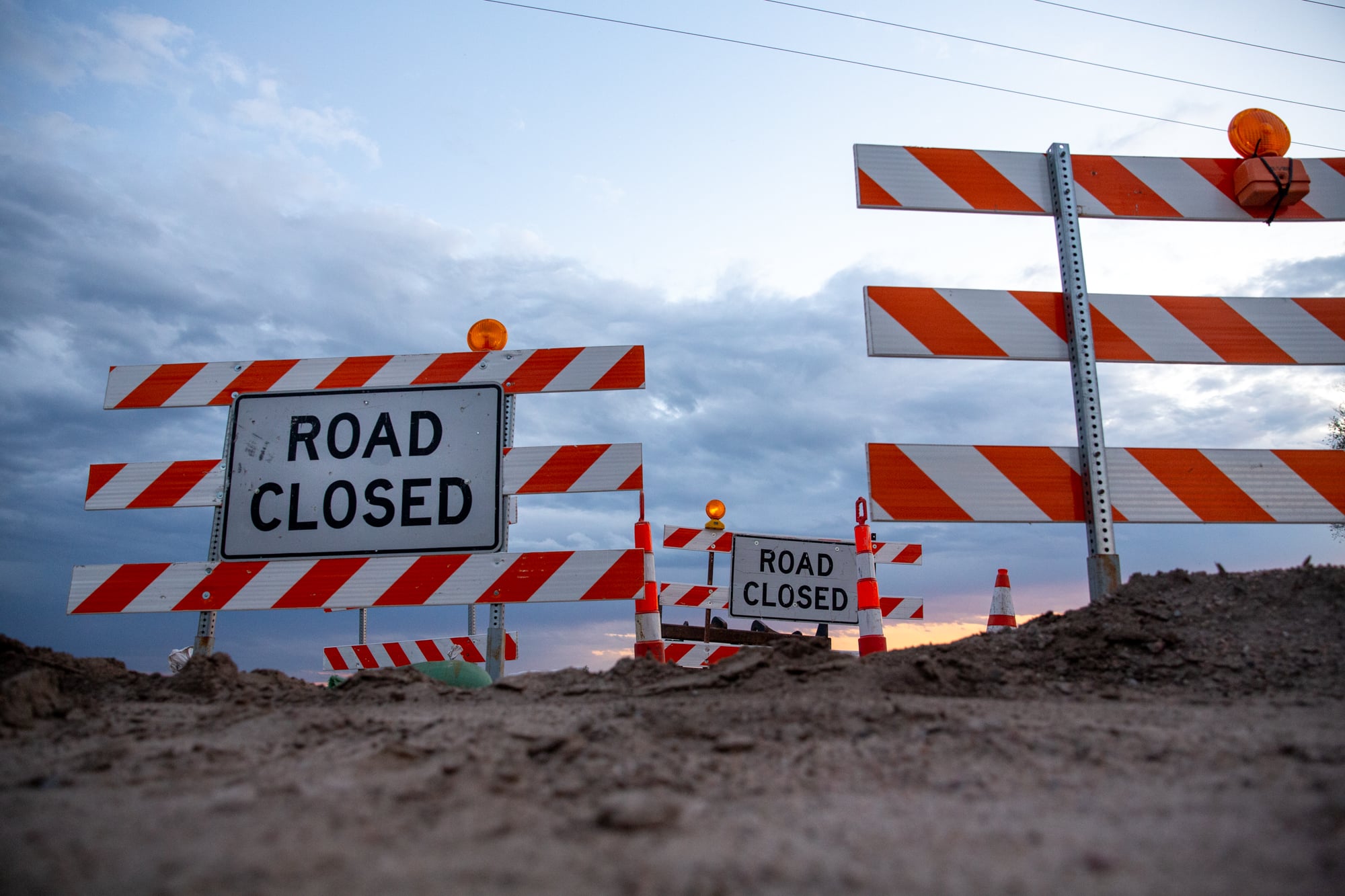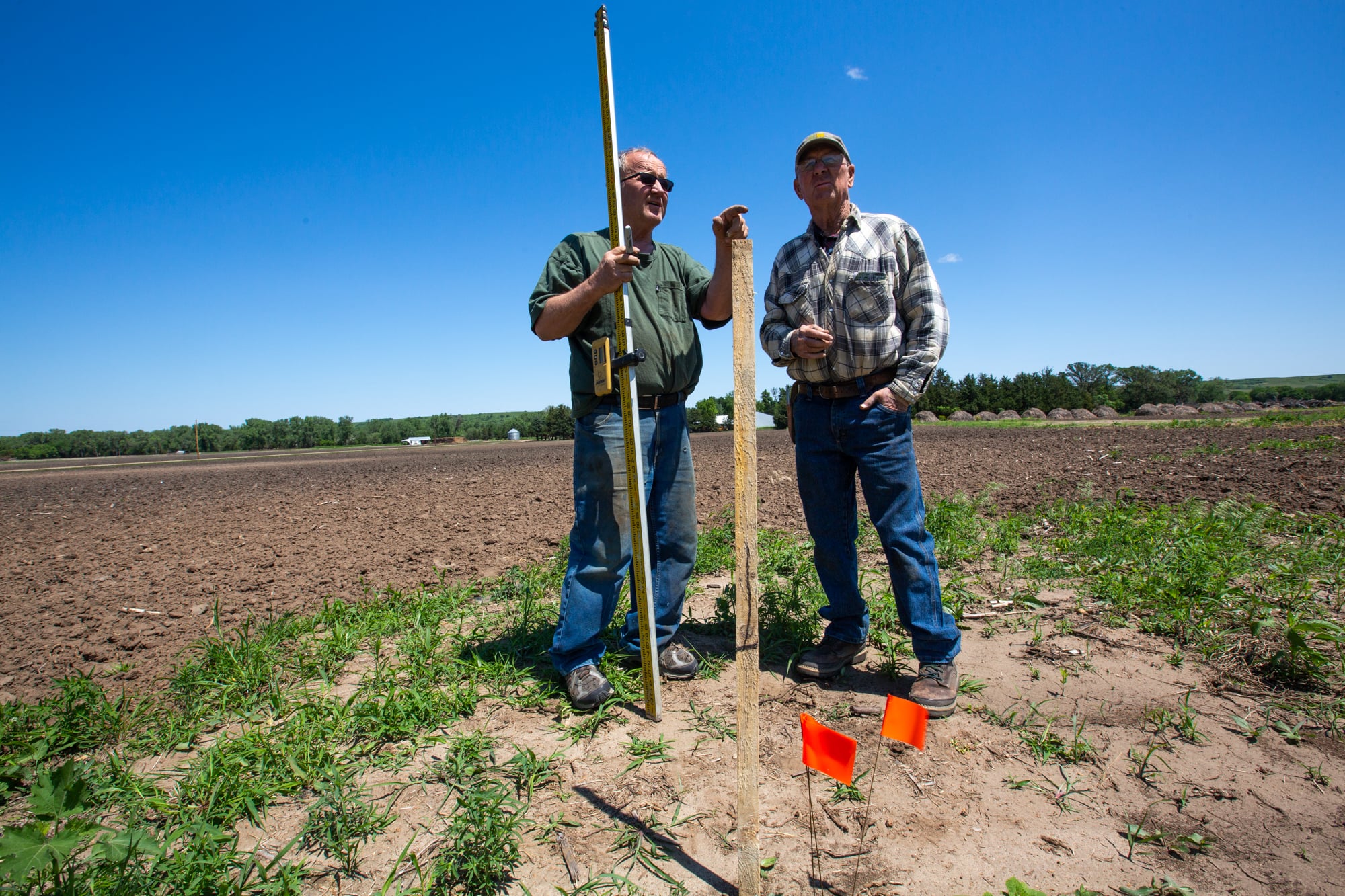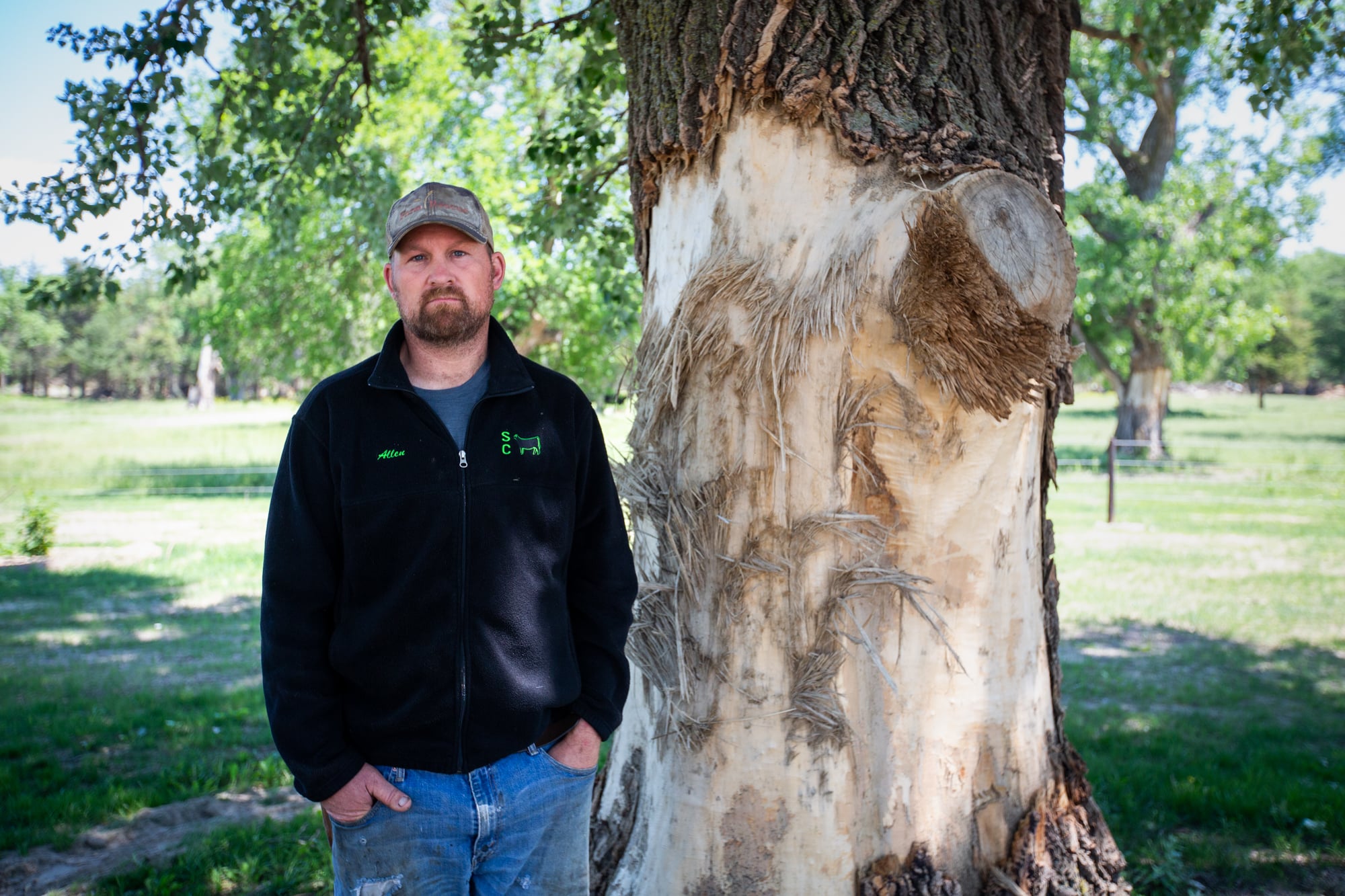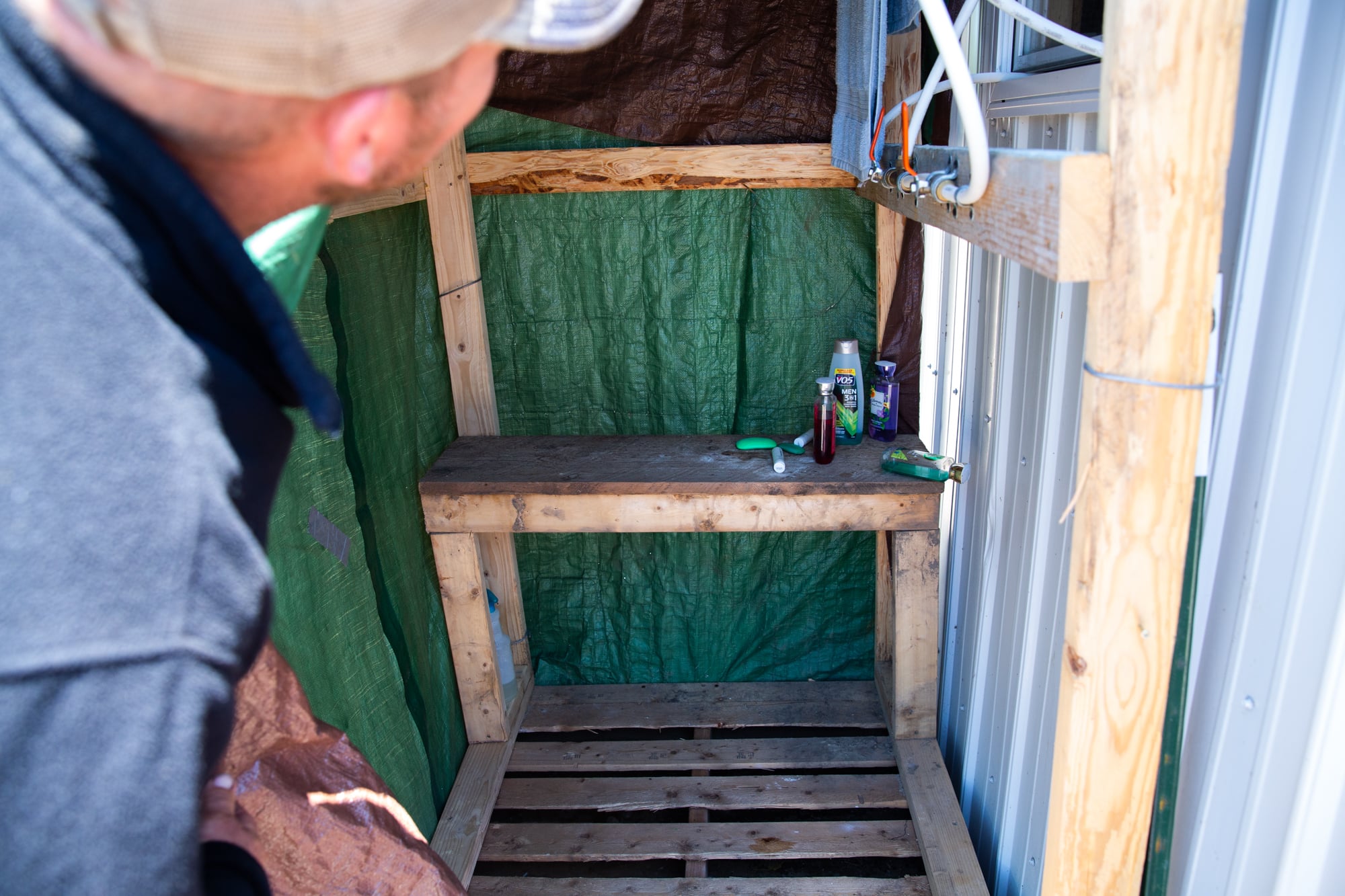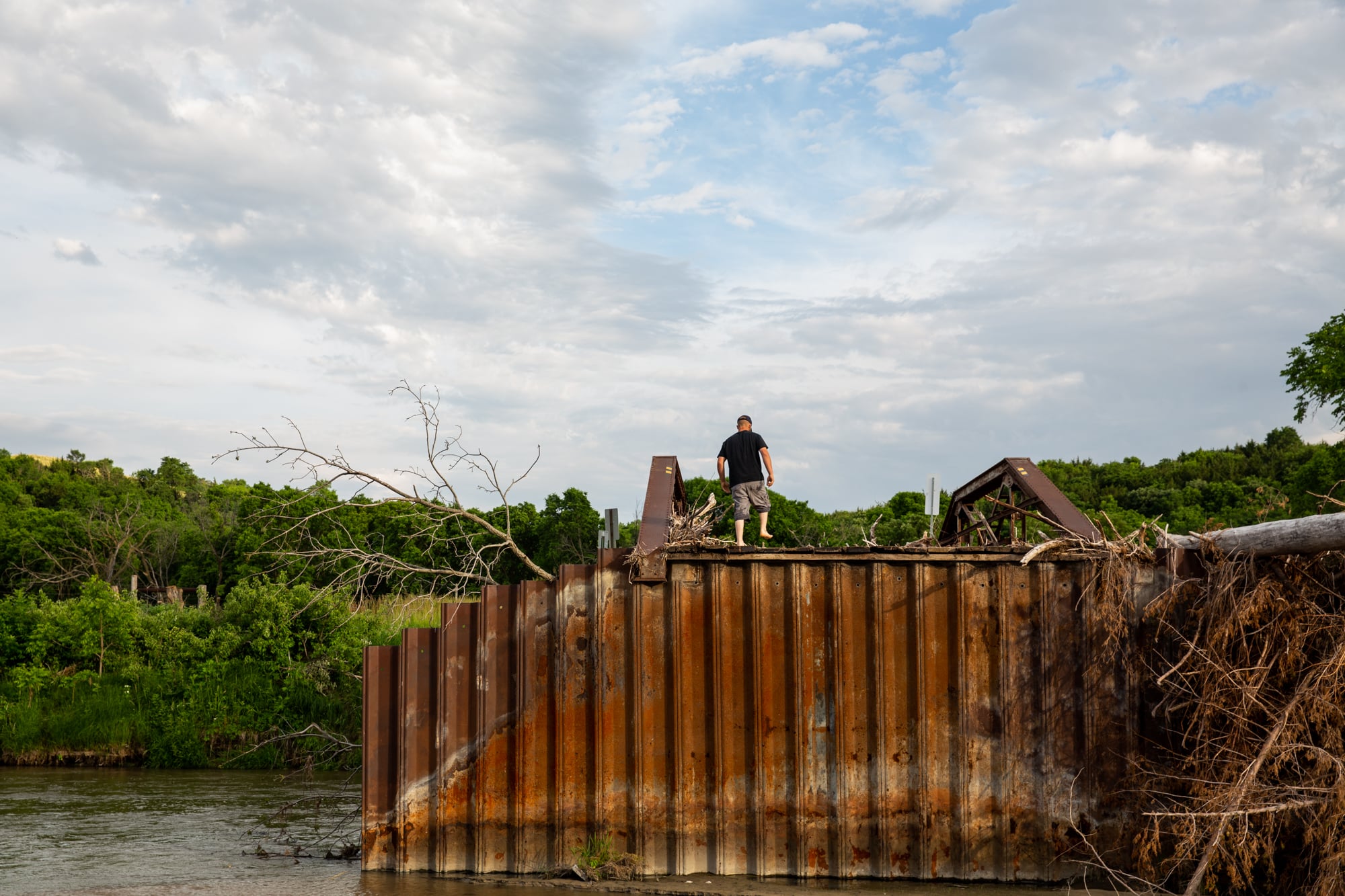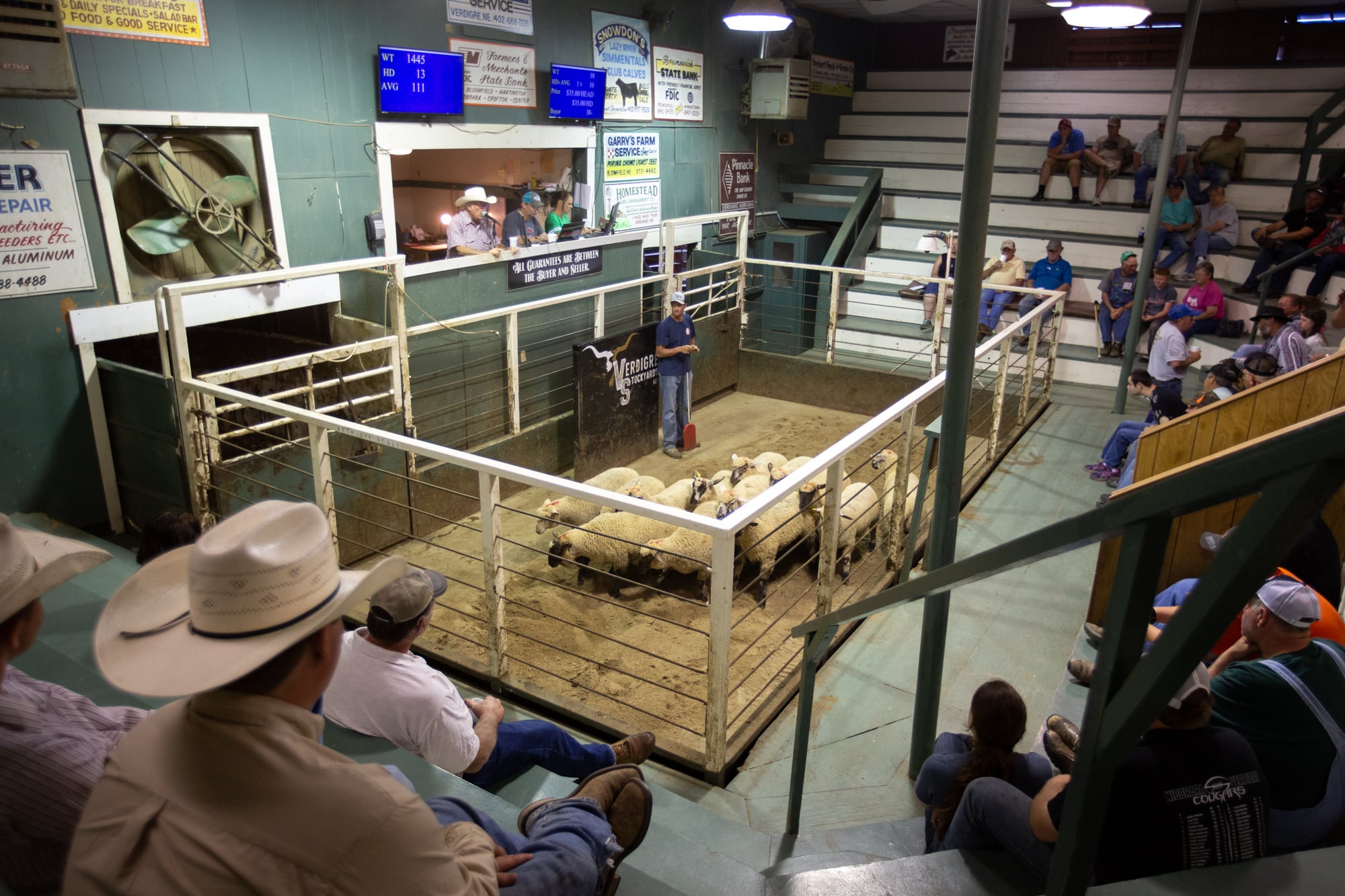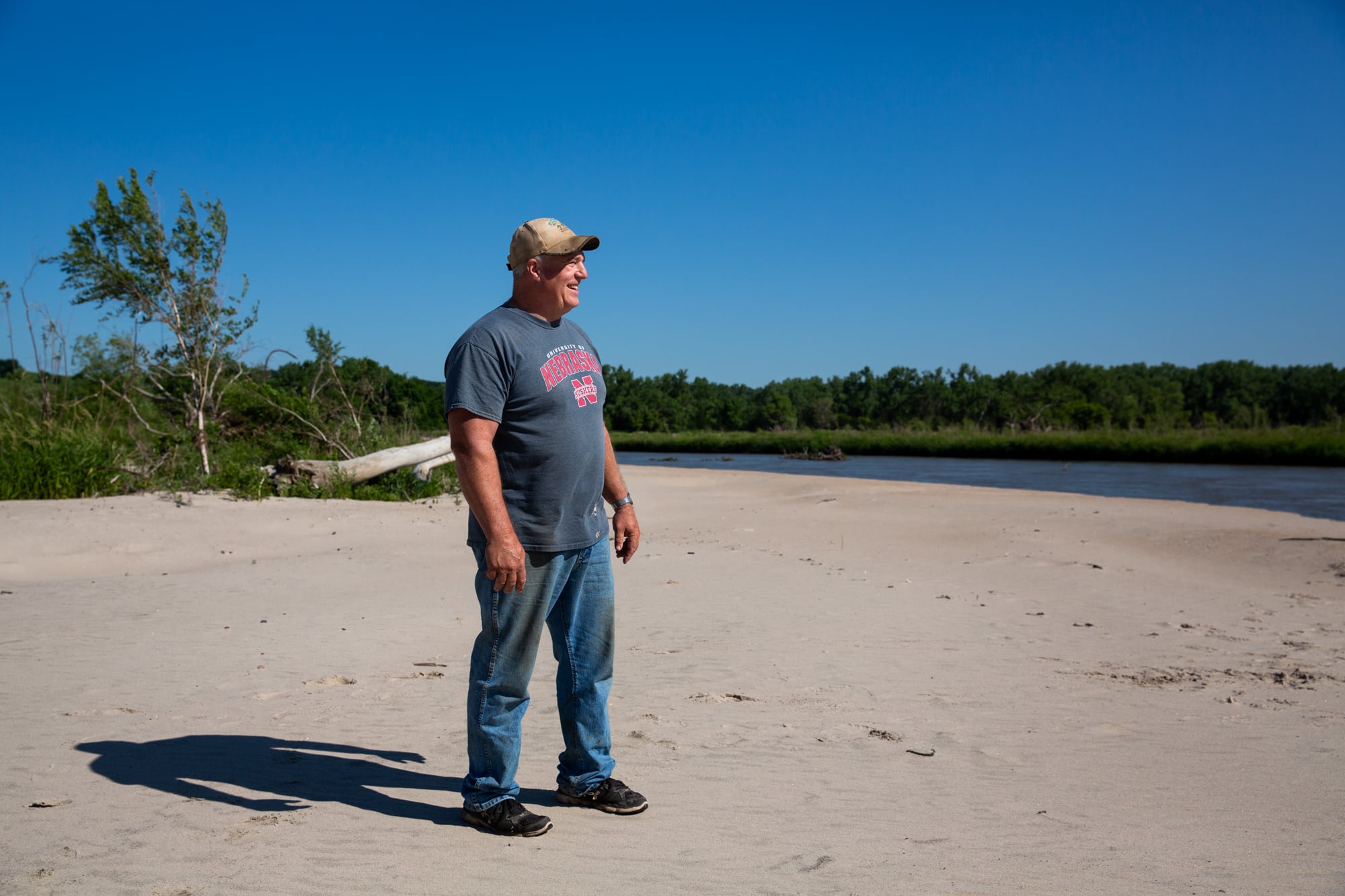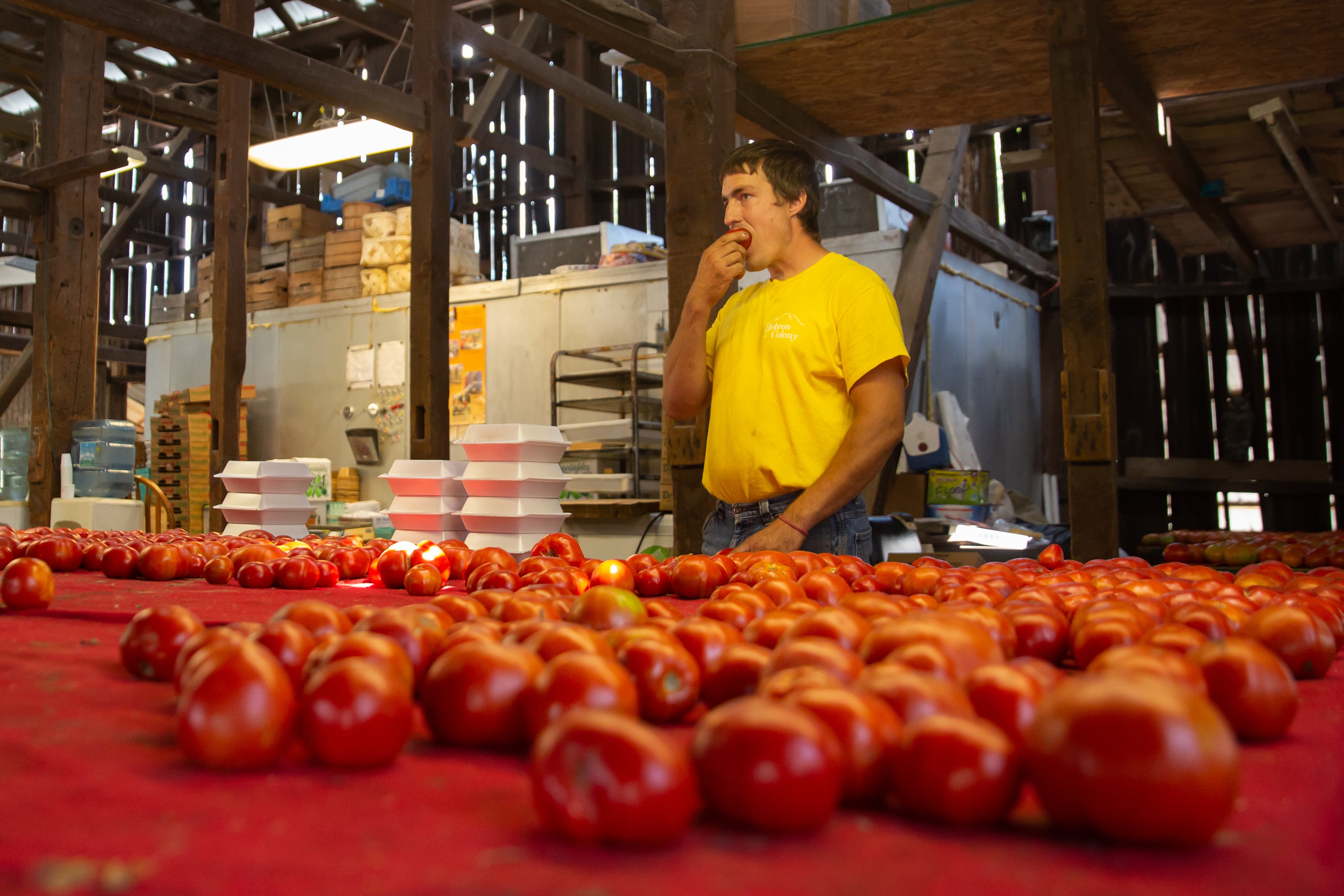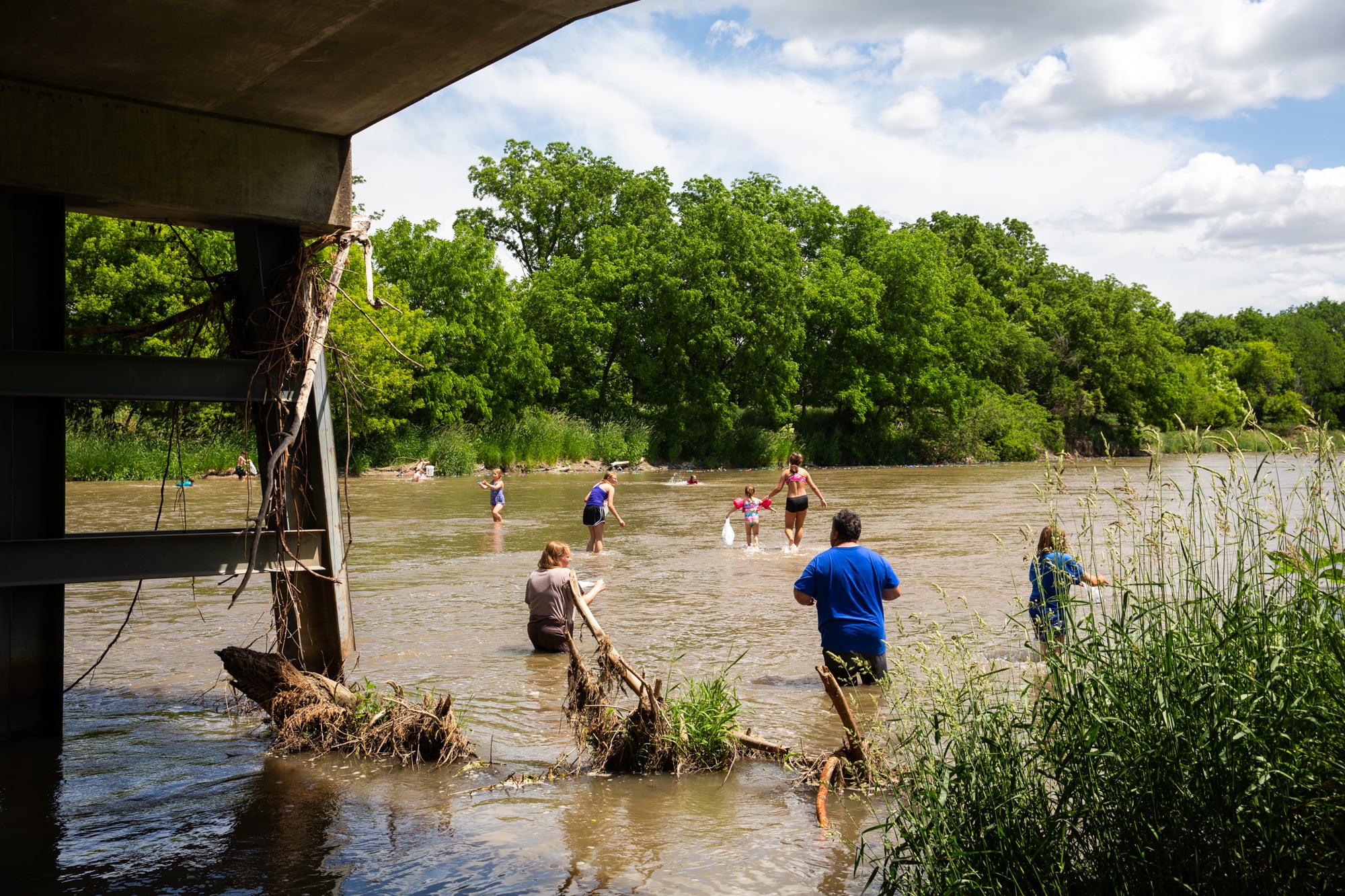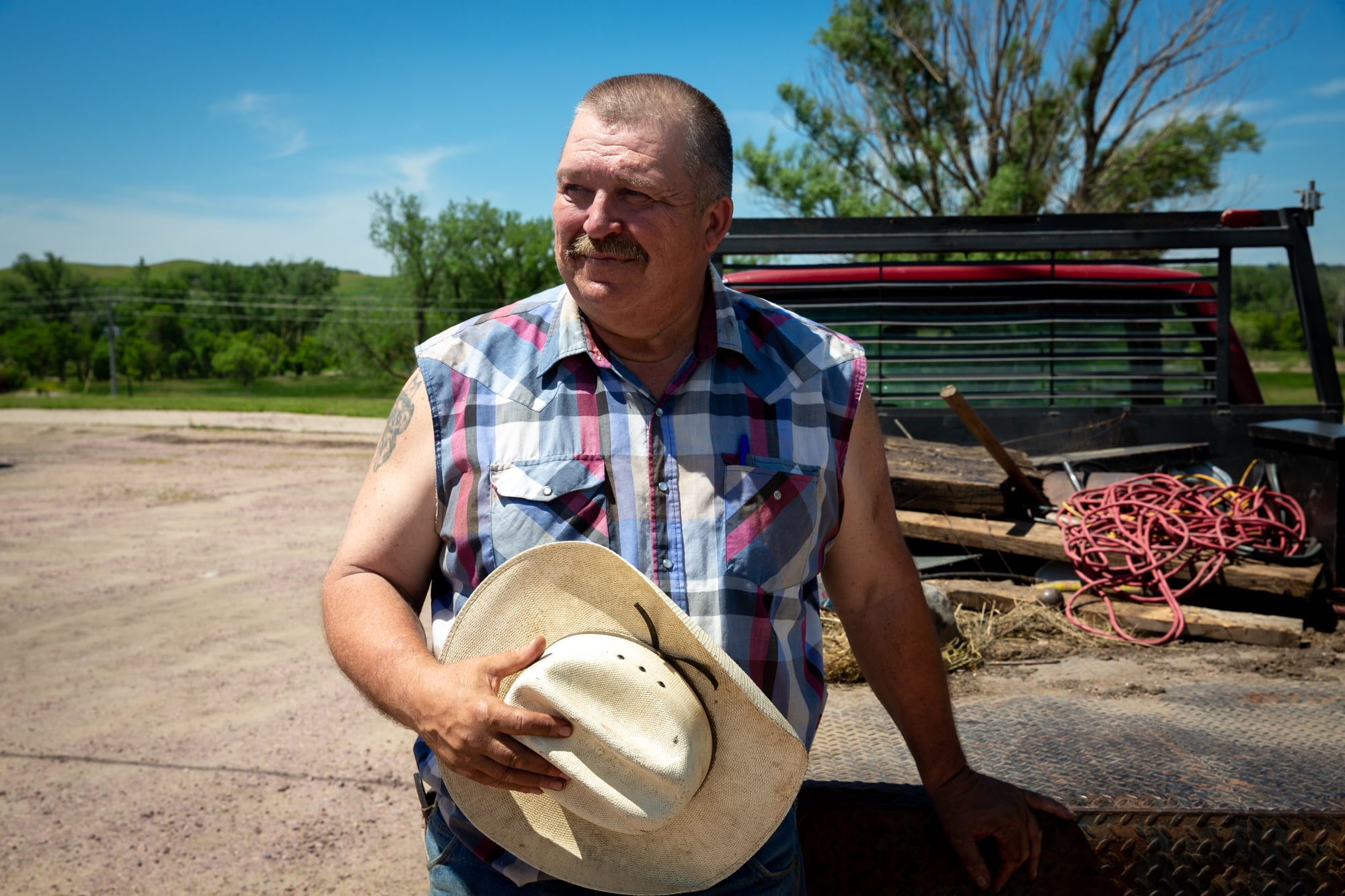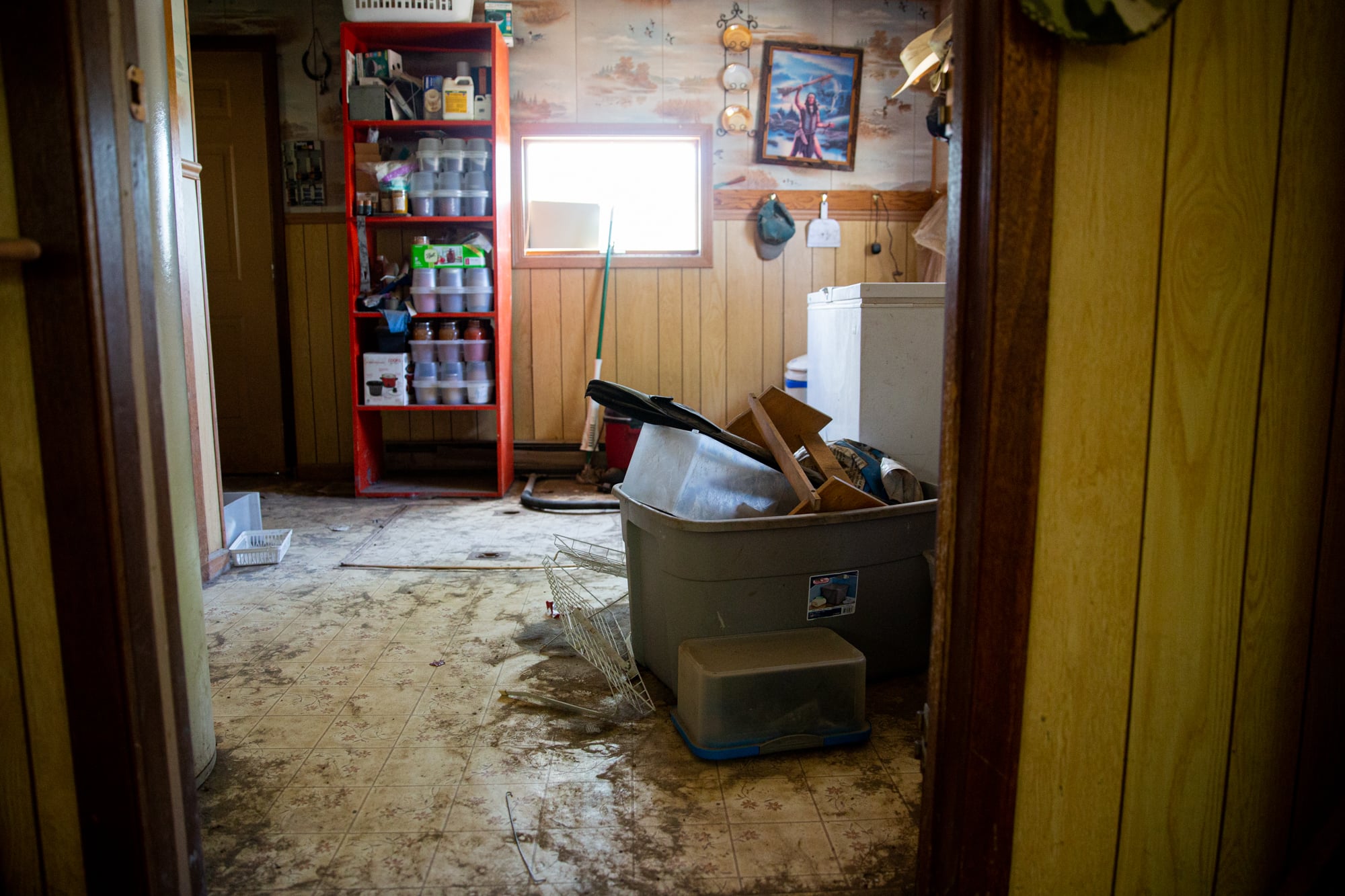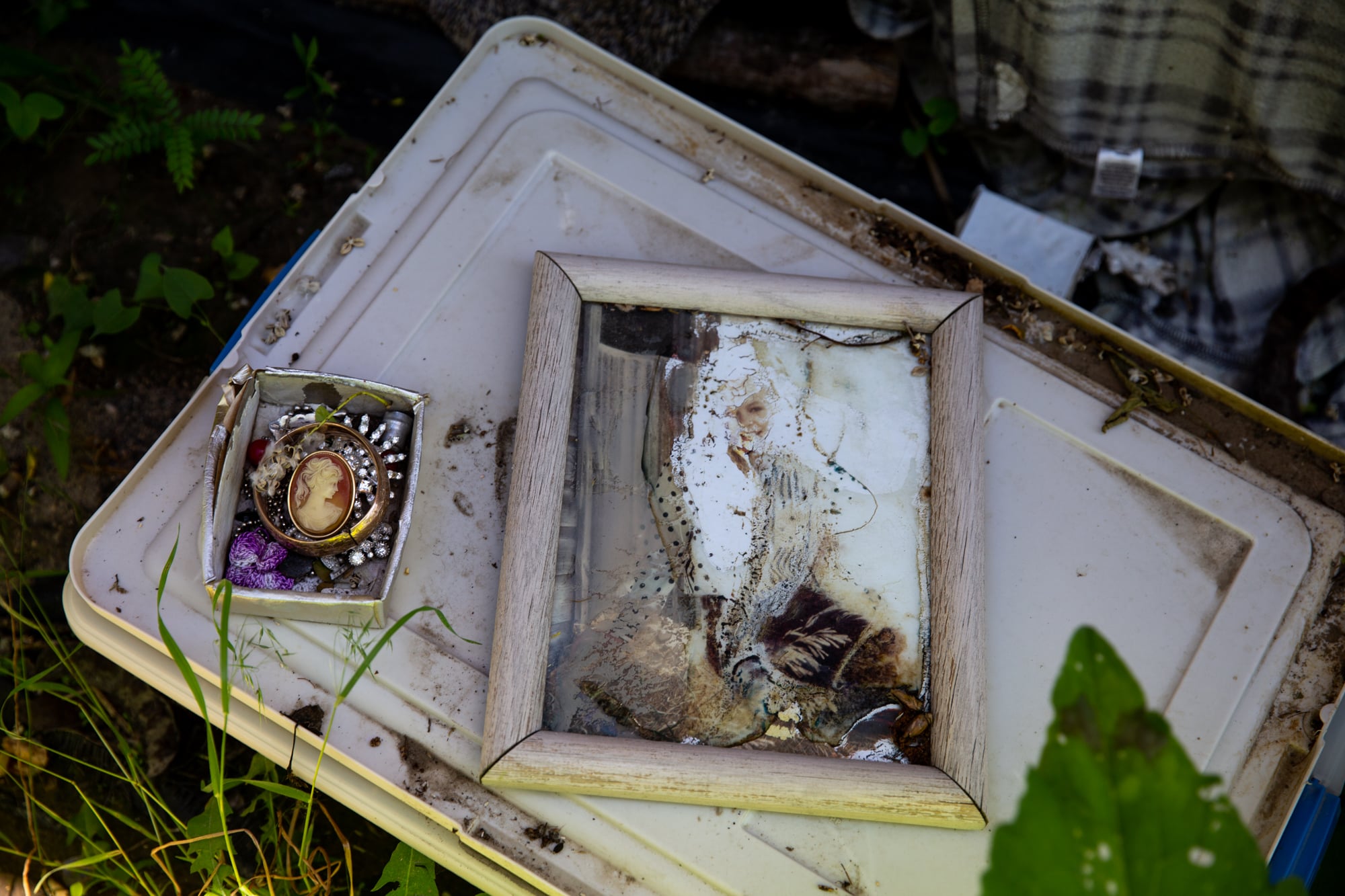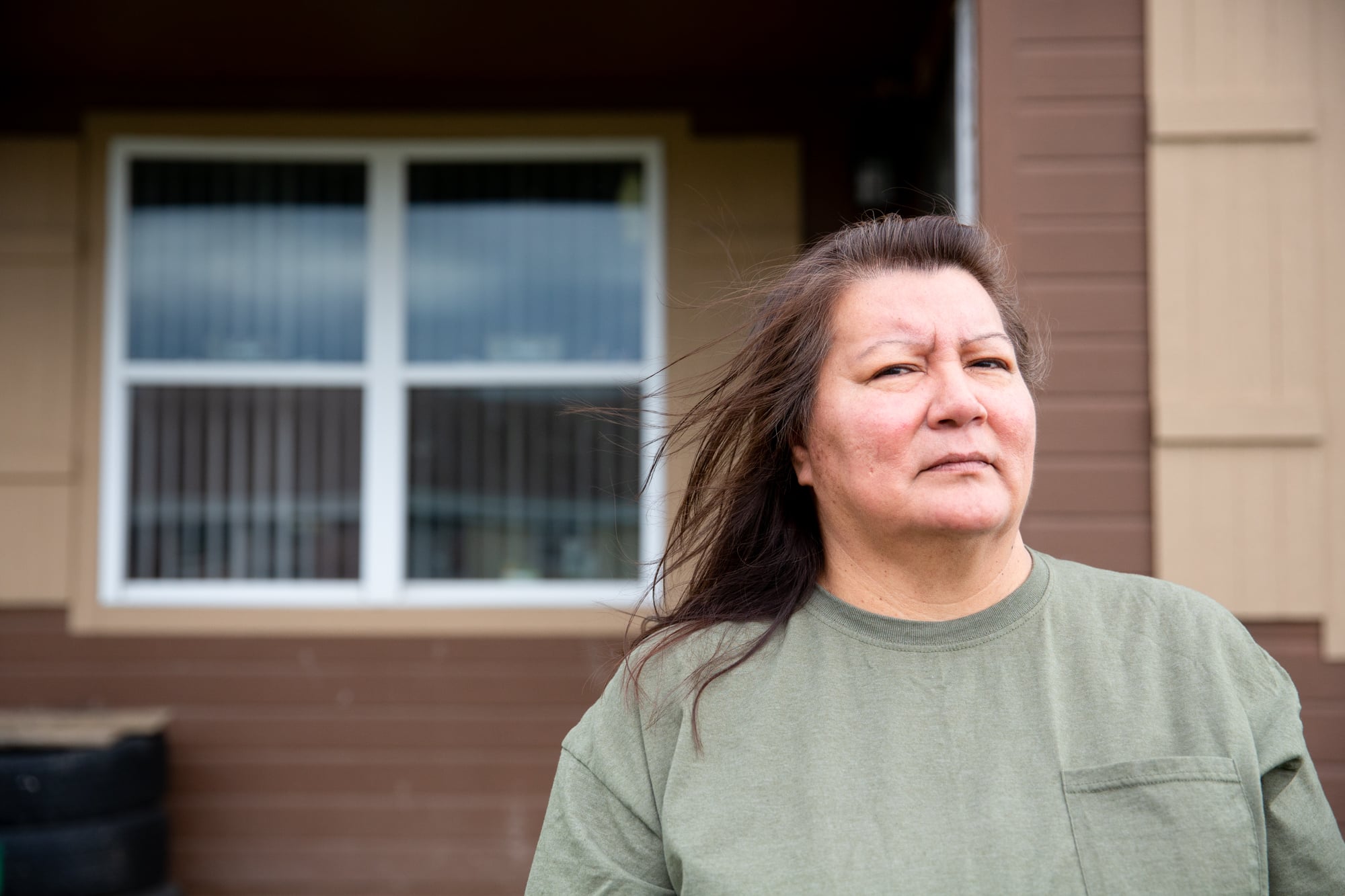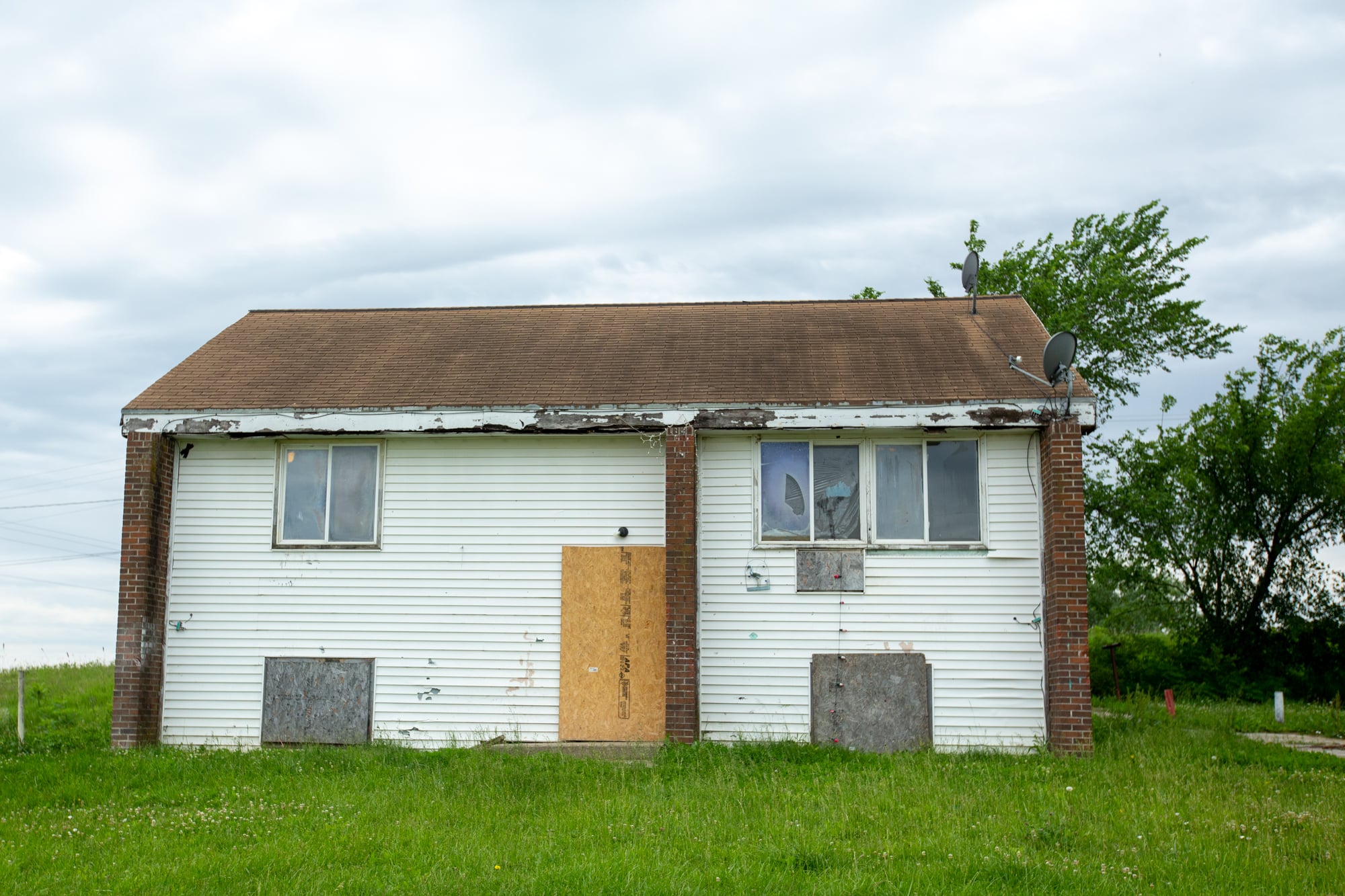After the deluge: Historic floods spell trouble for farmers, rural communities and the nation
VERDIGRE, Neb. – When locals look back on the March floods, they say the earth was bleeding water. Heavy rains pummeled still-frozen land, and the water had nowhere to go.
Ice chunks the size of trucks had built up behind the Spencer Dam on the Niobrara River, a tributary of the Missouri River in northeastern Nebraska. When the 92-year-old dam broke on March 14, ice and water surged downriver, flooding fields, destroying buildings and blocking roads.
Across America’s farm and ranch heartland, communities experienced unprecedented spring flooding this year due to heavy rainfall and snowmelt. And rising water is not unique to the Midwest.
Close to 700 of 1,187 federally declared disasters since 1999 have involved flooding, affecting Americans everywhere. In May, the National Oceanic and Atmospheric Administration predicted that at least 25 states would face elevated risk for flooding, especially Nebraska, Minnesota and Iowa.
In the Midwest in particular, instances of flooding have increased, according to the National Climate Assessment. This has contributed to significantly lower soybean and corn crop yields this year, according to the U.S. Department of Agriculture.
But for people with deep ties to this land, whose livelihoods depend on living close to waterways, the choice to move away is not easy. Farmers and members of Native American tribes tend to live on land their ancestors settled hundreds of years ago.
These waterways provide life but also threats.
In Nebraska, 71% of major disaster declarations recorded since 1993 have involved flooding, but Nebraskans say the March storms were exceptional.
‘We need help’
Outside Lynch, Nebraska, population 245, flooding pushed a piece of ice as large as a dinner table into Emy Collin’s backyard. She saw logs, tires and “all kinds of strange stuff” floating up to her home.
When school let out around noon, her 14-year-old son called to say there was no way home.
“That day of the flood, he was calling us all the time making sure we were still alive because he was worried that ... our house could get wiped out,” Collin said.
Collin, a member of the Ponca Tribe of Nebraska, moved her family back to the tribe’s ancestral homeland near the Ponca Creek three years ago. To Collin, living in harmony with nature means a great deal.
“The solitude, the wide open space, you can go outside and see beauty,” she said.
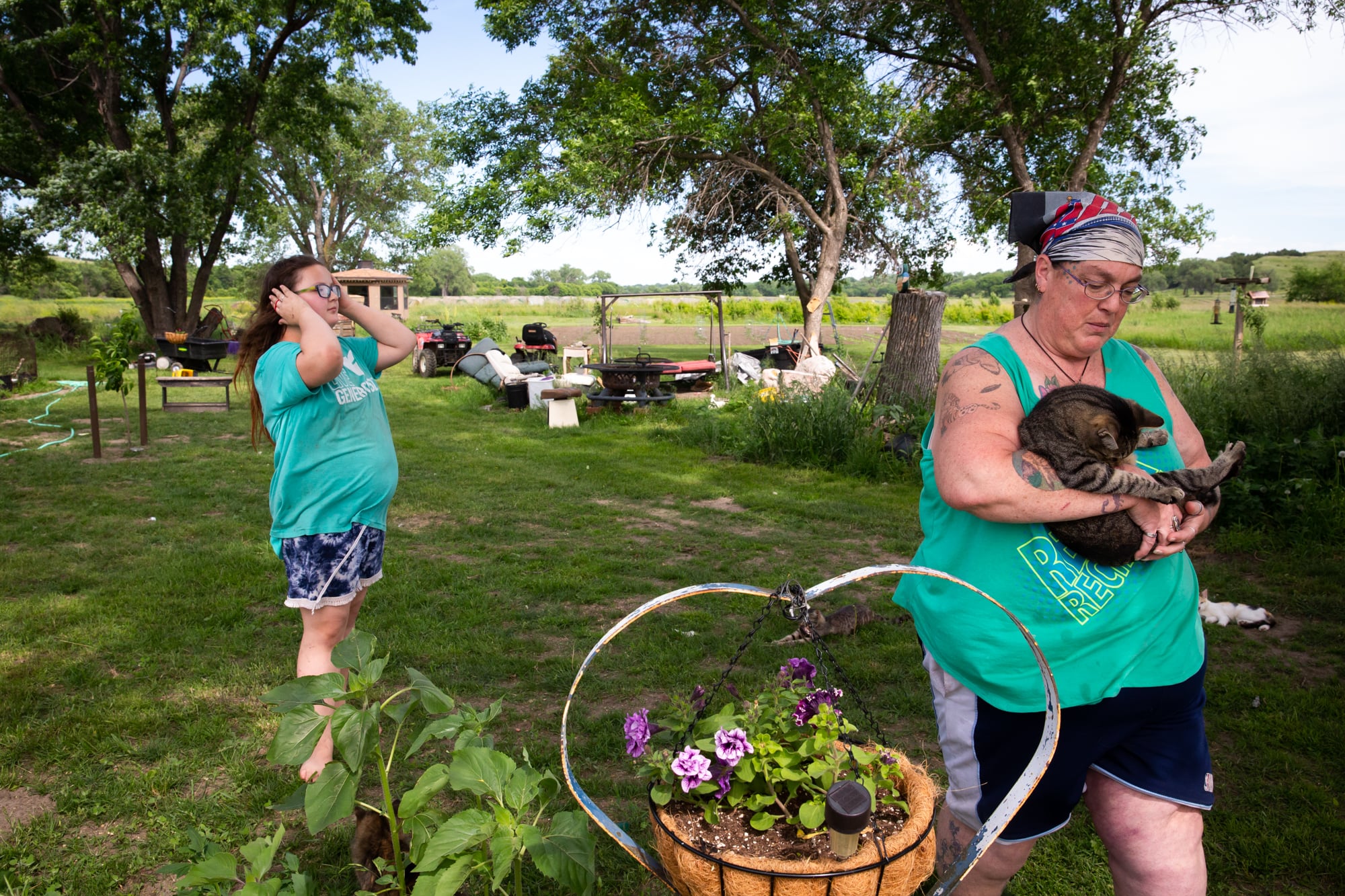
Emy Collin (right) moved her family to Lynch, Nebraska, three years ago. “We have a cottonwood tree out here that's probably 200 or 300 years old, and that makes me think every time I see it, you know, my ancestors walked by or touched that tree ... so it makes you feel way more connected to your ancestors being here.” (Anya Magnuson/News21)
But it comes with risks.
“I’ve always wanted to live by a running stream or river,” she said. “And then the flood happened.”
The rising water left the family mostly cut off from other communities for 18 days. For the first two, Collin’s son was unable to make his way home, staying with a school bus driver instead. Months after the floodwaters receded, the family still faces detours of roughly 100 miles to get to nearby cities for grocery shopping or to see family.
The flood also struck Verdigre, a town 40 miles away that was founded by Czech homesteaders in the 1800s. On March 13, waters had spilled over the banks of Verdigre Creek by noon, and by 4 p.m. most of Main Street was inundated.
Country Creations, owned by long-time resident Delores Ruzicka, had a foot of water and what she calls “flood crud” – the silt and trash left behind when the water recedes.
“We ended up OK thanks to people we didn’t even know,” she said. “They carried everything out of this building so we could start over.”
Delores Ruzicka founded Country Creations in 1972 in Verdigre, Nebraska. “Flood crud” deposited when Verdigre Creek spilled over its banks in March ruined her floors. “We ended up OK thanks to people we didn’t even know.” (Anya Magnuson/News21)
One of the hardest hit properties was a 2,000-acre farm where Delores’ distant relatives have grazed cattle since the Homestead Act of 1862.
Twenty miles from Verdigre, in the unincorporated village of Pishelville, Willard Ruzicka, 72, counted his losses.
“We lost millions and now we have to build a home,” he said as he watched construction work on his new house. “We need help.”
The Federal Emergency Management Agency provided only $30,000 to build a home from scratch, he said.
Willard’s son, Anthony Ruzicka, has been staying in a camper on the property, using an outdoor shower he built from wood pallets, with a tarp as a door. For months, he has hauled away debris and put up fencing.
At first, the family doubted they would be able to continue farming. In the two hours they had to evacuate, they were able to save their best tractors, without which Anthony says they couldn’t afford to run a farm.
Walls of ice destroyed outbuildings and took out miles of fencing. Ruzicka estimated they had lost at least 1,500 hay bales and 25 buildings.
The waters have receded, but not the problems.
“That there,” Anthony Ruzicka said, pointing to a 20-foot-tall metal grain bin filled with ruined corn, “I wish that washed away. Now, I don’t know what to do with it.” Four other similar storage bins did wash away.
The Spencer Dam, built in 1927 to generate hydraulic energy, was scheduled to be shut down.
“It was never designed or even used for any kind of flood control,” said Mark Becker, of the Nebraska Public Power District, which owned and operated the structure.
“The end result will probably be, we’ll tear everything out,” Becker said, adding that the structure was not meant to be a “dam.”
Nevertheless, that’s what the community calls it.
“The dam’s never going to break again, but that river is spreading out,” Ruzicka said. “You don’t know if you’re safe. Once you see it once, you’re never sure again.”
The Ruzickas aren’t the only family that thought of relocating. Jeff Uhlir of Verdigre, who farms land that has been in his family since the 1870s, is considering it as well.
“But it's really difficult when your great-great-grandfather came here, and you walked the same ground as your great-great-grandfather,” Uhlir said. “No matter where you go from here, you're not home.”
